What is Pratyahara?
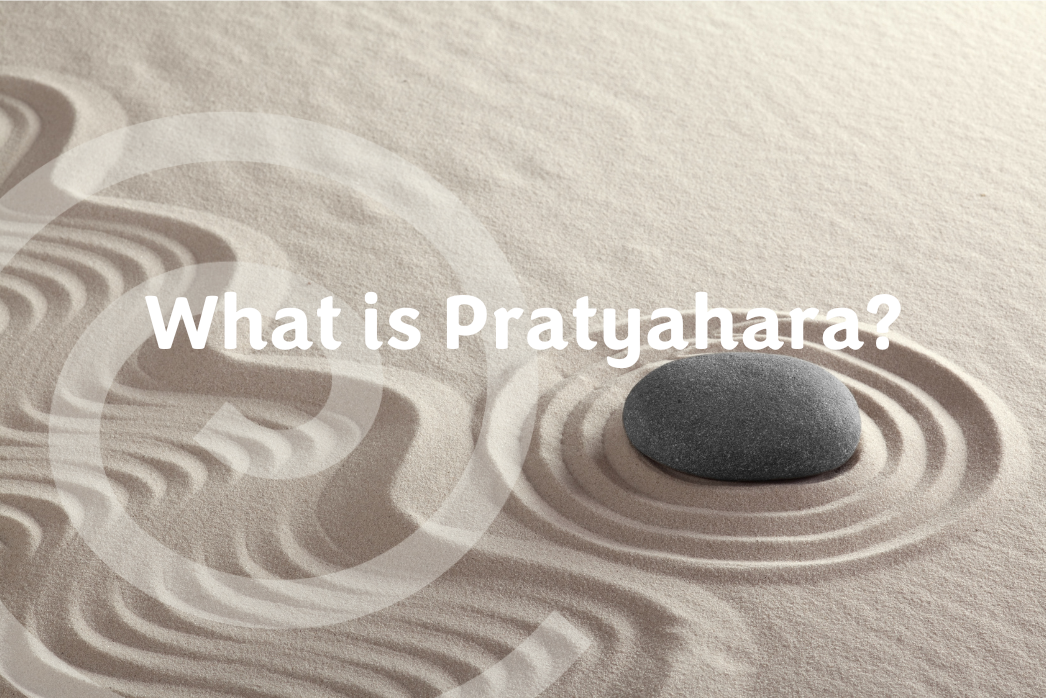
By now we all know that yoga is vast - it’s more than asana. Yoga guides us as we explore our inner world and our outer world. You may have noticed that the first 4 limbs of yoga (yama, niyama, asana and pranayama) focus on our outer world. In future posts, you will learn that the last 3 limbs (dharana, dhyana and samadhi) focus on our inner world. The fifth limb, pratyahara, is the bridge between our inner and outer world. It’s the path we walk across to get from one to the other.
Pratyahara (pruh-tyah-hahr-uh) is formed of two Sanskrit words. Prati means against or to withdraw. Ahara means food or anything we take in through our senses such as sights, sounds or smells. Together, pratyahara means gaining control over external influences or withdrawing from the sense organs. Think of it as a turtle withdrawing into its shell where the shell is the mind and limbs are the senses. It's about learning how to reroute your attention inwards as you tune out external stimuli.
This may sound scary or impossible or strange to you. And that’s okay. Pratyahara is a limb that is often overlooked yet it is imperative. For most of us, meditation is difficult. It feels impossible to sit in silence and just be. It would be silly to expect yourself to be able to do this. It’s not what we’ve been taught to do. We’ve had no practice. For most of us, our senses are overstimulated since we spend eight hours staring at a laptop screen only to spend our evenings staring at a TV screen. And don’t forget our phone screens, which we simultaneously gaze at throughout our days. Hec, most of us can’t even go to the toilet without taking our phones with us.
With that said, it makes perfect sense that we struggle with meditation. This is where pratyahara can help as it supports us to master our senses. As we practice pratyahara, our five sense organs will continue to detect external stimulation but we don’t allow it to disrupt our state of mind. In other words we are fully focused on our inner world which creates optimal conditions for samadhi (liberation) - the goal of yoga. As we practice pratyahara, we begin to notice the influence of sensory input on the mind and, with practice, we can create a distance between them. This ensures that we are in control of our senses, rather than our senses being in control of us. It allows us to understand the difference between what we actually need and what our senses are craving. It allows us to make decisions that benefit us and help us move closer to our goals, rather than decisions that give us instant gratification but have no long term benefit or value.
There are a range of different techniques that help you practise pratyahara. Below is a simple one that guides you to draw the senses inwards. Remember, each day will feel different so do this with curiosity and enjoy.
Pratyahara Technique
You can do this pranayama with me by watching listening on Insight Timer (free meditation app)
Let’s begin by getting into a comfortable seated position. Take a big breath in through the nose and bring your shoulders up to the ears. Exhaling through the mouth, allow your shoulders to fall. Repeat this two more times at your own pace. Inhale shoulders rise, exhale shoulders fall.
Coming to close your eyes or lower your gaze if you haven’t already and place your hands wherever feels comfortable. With each inhale lengthen through your spine. With each exhale soften into your posture, perhaps relaxing through the shoulder, jaw, forehead or anywhere you notice you are holding onto tension.
Inhale, lengthen.
Exhale, soften.
Inhale, lengthen.
Exhale, soften.
So you’re in a comfortable yet alert posture.
(pause for some time)
Now, gently take your awareness out of the room you are in, noticing any sensations here. The key is to notice the sensations and then let them go. You don’t want to drift off with them.
(pause for some time)
Slowly bringing your awareness into the space you are in, noticing any sensations here. Once again, allowing them to be present and come and go like clouds passing through the sky.
(pause for some time)
Moving your awareness into your body now and noticing how your body feels in this moment.
Allowing all the different points of the body that are making contact with your seat to grow heavier and sink deeper. Perhaps your bum, your legs, your feet and anything else. Allow them to ground down into the earth and to feel supported.
(pause for some time)
Finally, move your awareness to your breath. We aren’t changing our breath in any way here. We are just becoming fully aware of it.
Is it long or short?
Is it deep or shallow?
(pause for some time)
Now see if you can notice the subtle movements that take place in the body as you inhale and exhale. Slowly observing the inflation of your abdomen, expansion of your chest and your shoulders rising slowly with each inhale. As you exhale, notice your shoulders fall, your chest contract and your abdomen deflate.
Relaxing your mind and body and become aware of any thoughts or feelings that appear without not analysing them.
(pause for some time)
Slowly begin to observe the subtle sensations created by your breath, towards the tip of your nose and the walls of the nostrils where the air is travelling in through your windpipe and into your lungs. Observing the coolness of the external air as you take a deep breath in and the warmth of the air as you exhale which carries the temperature of the body.
(pause for some time)
Gently letting go of the breath and allowing the mind to do whatever it wishes for a few moments. You can stay here for as long as you like.
Whenever you feel ready, gently wiggle your fingers and toes, make small movements with your wrists and your ankles. When you’re ready, gently open your eyes.
I encourage you to journal after this experience. How did it feel? What came up for you? Did anything surprise you?
I would love to hear how you got on! You can email me with your thoughts or any questions.
With love and gratitude,
Jyoti x
(pronounced Jyo-thee)





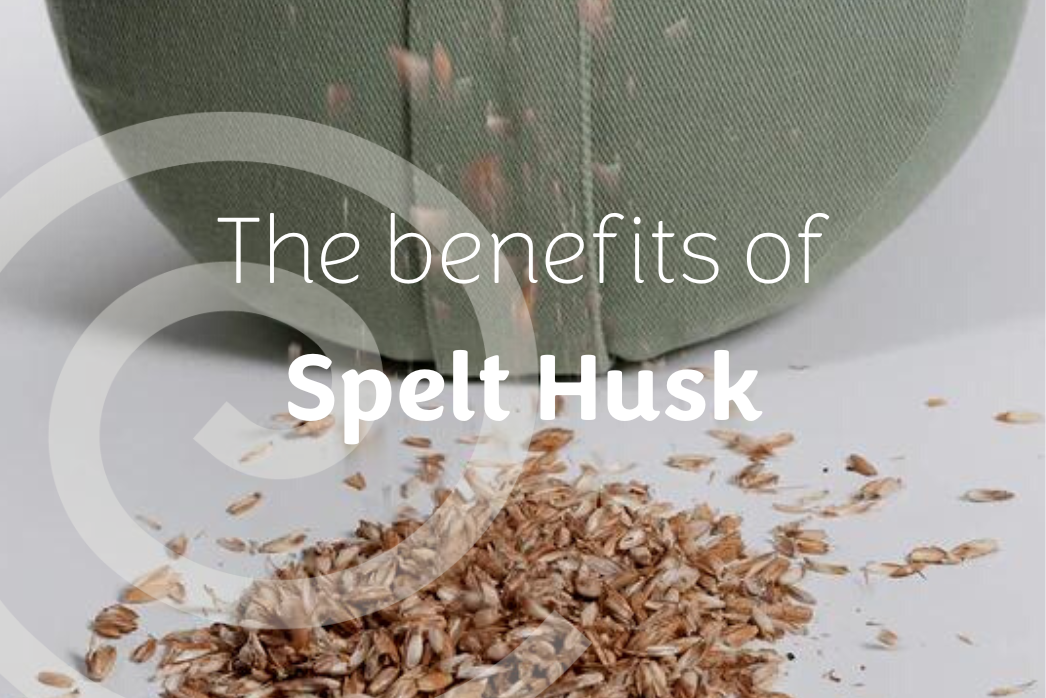

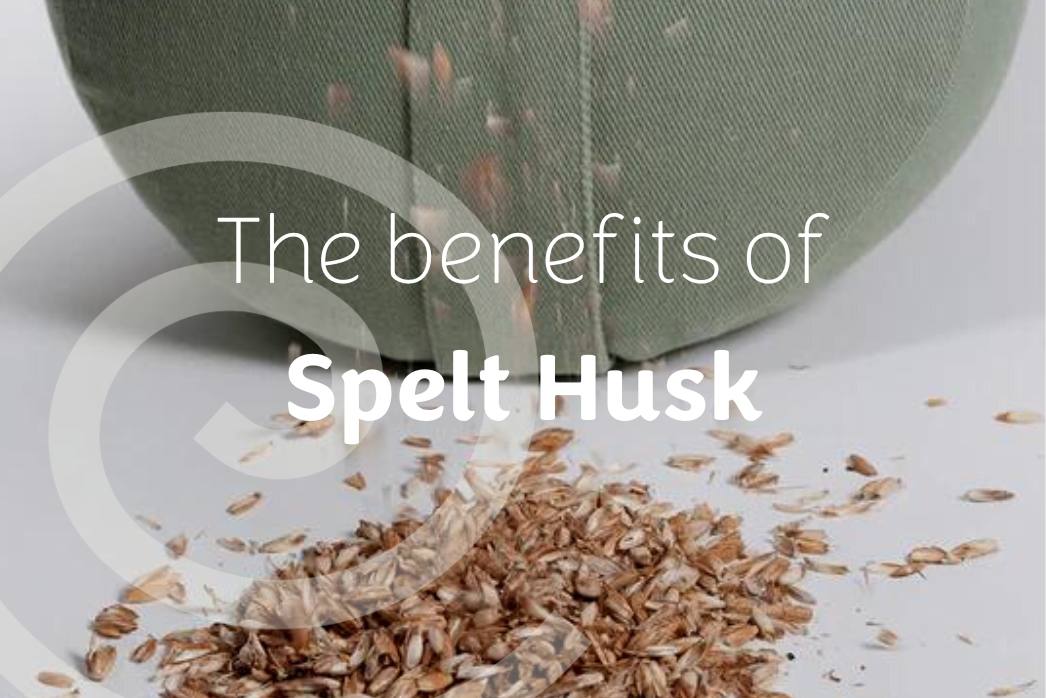
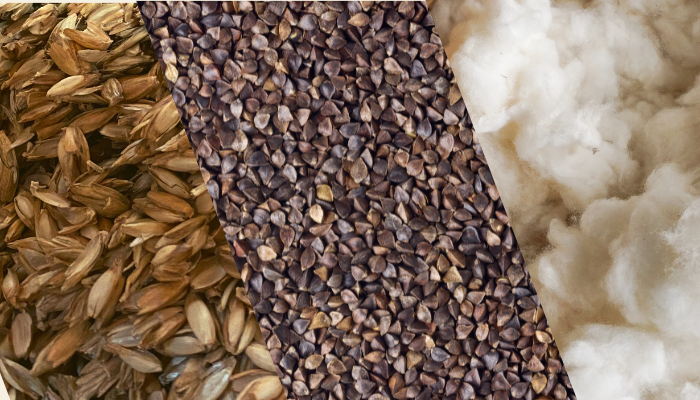
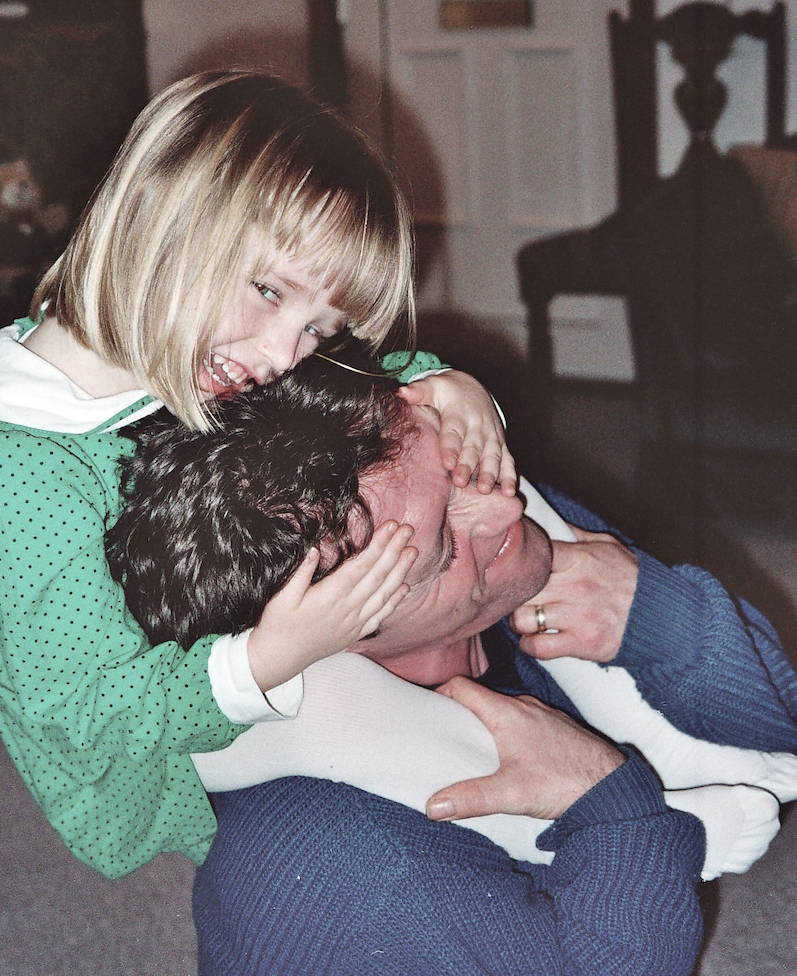
Leave a comment